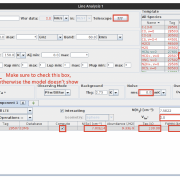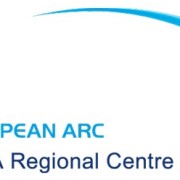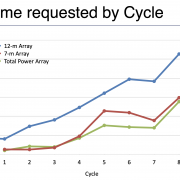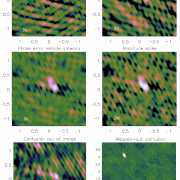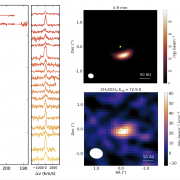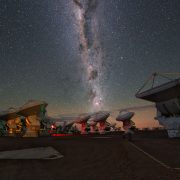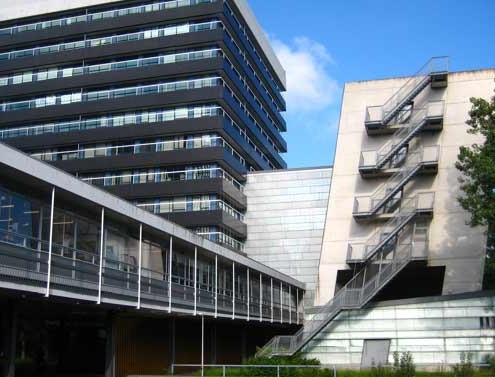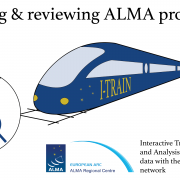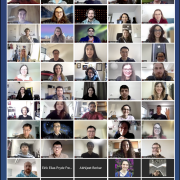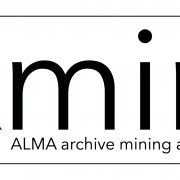ALMA Cycle 9 received a total of 1769 proposals for a requested 27,912 hours for the 12-m array (4300 hours offered), 14,962 hours for the 7-m and 16,096 hours for the Total Power array. This number of proposals has been pretty stable in the past two years (after a record peak surpassing 1830 proposals only three years ago), however the actual number of hours requested for the 12-m array has been growing at every cycle.
For the ACA standalone array, there were 109 proposals submitted (with, respectively, 4100 and 3000 hours requested for the 7-m and total power array). The number of Large proposals submitted in Cycle 9 was 40 (same number as last year) requesting 4349 hours of 12-m array time, 2700 hours from the 7-m array and 3612 hours on the total power array.
Getting time at ALMA is still very difficult. The Cycle 9 oversubscription rate is still the highest in Europe (39% of all proposals had a European PI) with a total of 11,000 hours requested on the 12-m array. The European oversubscription is 7.6, compared to 6.2 in North America, 5.8 in East Asia and 3.7 in Chile.
ALMA has been encouraging its users to increase the hours of time requested according to their science goals. For this reason, the overall time requested per proposal (excluding large proposals) has been slowly growing, with a median of about 12.2 hours per proposal requested for this cycle. The most requested receiver bands are Band 6, Band 7, and Band 3.
Of the total 1769 proposals submitted, 348 had Dutch participation (41 as PI) — these included 19 Large and 12 VLBI proposals. From the Dutch pool, 27 proposals were accepted with grades A+B+C (18 as PI), of which two were Large proposals, nine were VLBI proposals and one was a Target of Opportunity proposal. Requested receivers from the Dutch community range across the band, again with a higher request for Band 6 and 7 (183 and 125 proposals submitted, respectively), but there was also a notable interest for bands 8 and 9 (39 and 26 proposals submitted – 13 and 10 of those were accepted!). This all makes the Dutch community a very active and successful part of ALMA. The science categories of Dutch PIs were also evenly distributed, with slightly more proposals in Cosmology, and then an equal number among Galaxies, star formation/astrochemistry, and circumstellar disks.
For more information, please visit: https://almascience.eso.org/documents-and-tools/cycle9/cycle-9-proposal-submission-statistics

